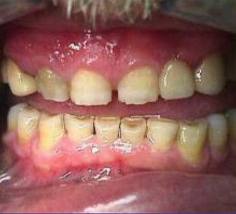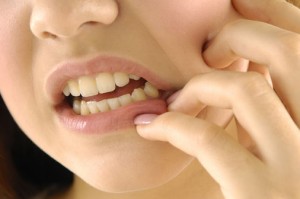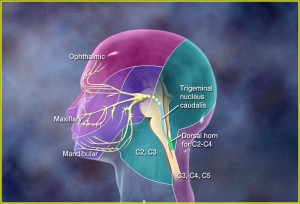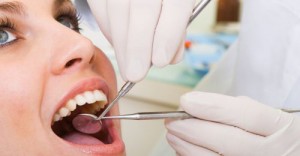What is Bulimia Nervosa?
Bulimia, also called bulimia nervosa, is an eating disorder that involves binging and purging. Binge-eating is when a person eats an abnormally huge amount of food in a short period of time. The food is usually consumed not in response to hunger, but to depression, stress or self-esteem issues. In fact, a person may experience loss of control and continue binging even on a full stomach. This is then followed by purging, which are efforts to lose weight such as self-induced vomiting, long hours of excessive exercise, taking laxatives and diuretics. The most common method is self-induced vomiting, which is done by sticking a finger down the throat following an episode of over-eating so that food is vomited out before it is absorbed by the body.
What are the signs of a bulimic person?
It is hard to identify a bulimic person because unlike people with aneroxia, bulimics appear normal, and can even be overweight. Furthermore, they tend to perform their acts of binging and purging behind closed doors, like hiding food in their drawers, or going into the kitchen after everyone has slept.






